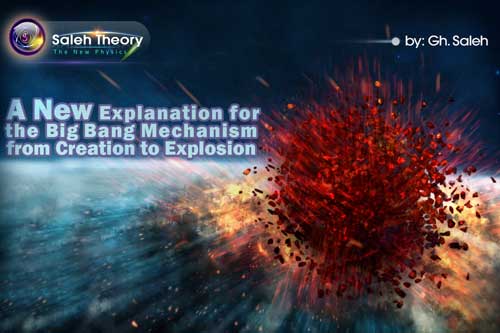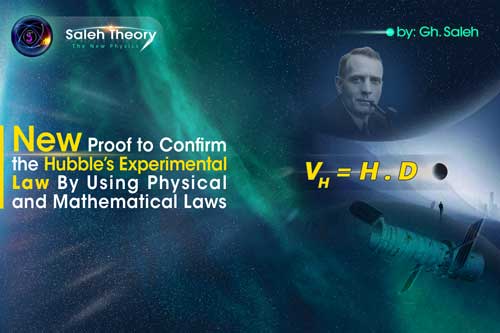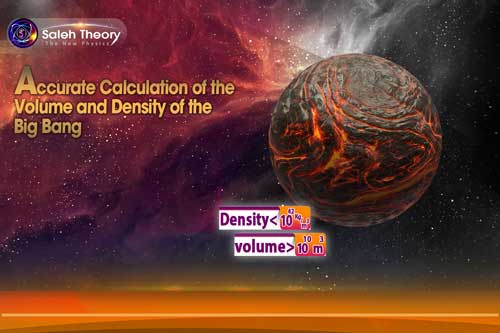
A New Explanation for the Big Bang Mechanism from Creation to Explosion
As mentioned in the previous articles, the formation of the Universe begins with the Big Bang phenomenon. The Big Bang is a periodic motion, like a planet that starts its movement from one point and returns to the initial point after a complete period, which we name a Cycle period (like a year).
So, in the Big Bang phenomenon, the Universe stretches in all directions like a spring and reaches its maximum radius, then passes along the returning path and arrives at the starting point.
In the forward path, the Universe expands with two linear and rotational movements. In linear motion due to its negative acceleration, it reaches a point at which the linear velocity is zero (return point). But according to Hubble's law, its rotational speed value is always positive and increasing.
Explanation for the Big Bang mechanism:
The important point is that the kinetic energy of the Big Bang is caused by an impulse. It can be said that a set of compacted masses in a central point, called the center of the Big Bang, impulse each other and the reaction of that is the beginning of the explosion of the extremely compacted mass of the Big Bang.
The Big Bang phenomenon has about three stages:
1. First stage: The first collision in which the objects, which are usually black holes, etc., collide and create a larger mass called "Dense Giant Super Black Hole". This mass has a very high initial speed, which sinks inward due to collision with the high speed objects and gravity, and its volume reaches about a percentage of the volume of the Moon (little-moon).
2. Second stage: In this stage, we have an extremely compacted mass with a density of about 1050 𝑘𝑔/𝑚3, which returns in some extent and its volume, becomes a value higher than the volume of the Moon and its density will be about 1040 𝑘𝑔/𝑚3. At this moment, the Big Bang phenomenon begins for a huge explosion.
3. Third stage: In fact, it can be said that its dimension is slightly larger than the Moon, and it could not be able to maintain its structure longer. So, it undergoes a very intense explosion, which is the beginning of the expansion of the Universe.
The objects that are separated from that huge explosion are: black holes, protons and electrons. The released protons and electrons form the basic structure of the hydrogen atom. In fact, it can be said that the cosmic dusts or gases are the same hydrogen atoms. At this stage, the Universe is dark because no light is released. To emit light, dusts (gases) are compressed together and form stars. Then black holes and stars, form galaxies.




